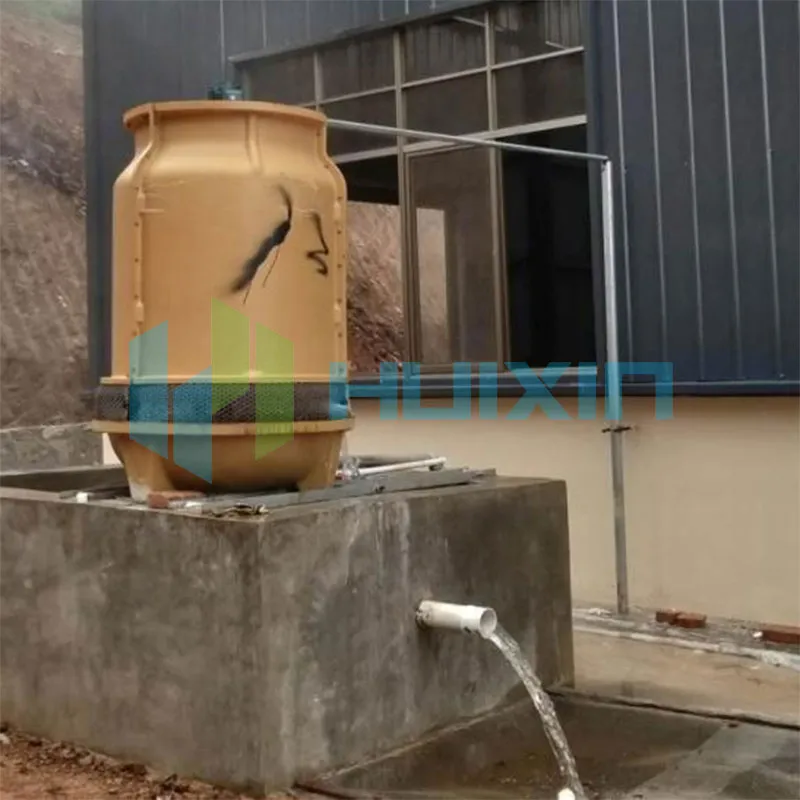Smarter Cooling: How IoT and Automation Drive Efficiency in Industrial Water Systems
2024-11-26
The industrial sector is undergoing a digital revolution, with IoT sensors and automation leading the charge in transforming traditional processes. Industrial water cooling systems, vital for temperature regulation in manufacturing, power generation, and data centers, are no exception. These technologies are redefining what’s possible in system monitoring and performance optimization, turning challenges into opportunities for innovation.
Real-Time Monitoring: Precision at Its Best
In traditional systems, manual inspections often left room for oversight. IoT sensors change the game by providing accurate, continuous monitoring of critical variables such as temperature, pressure, and water levels. This data feeds into centralized dashboards, giving operators a comprehensive view of system health.
For example, IoT-enabled thermocouples can measure cooling water temperatures with precision, ensuring that heat exchangers operate efficiently. Similarly, flow sensors can track water distribution, identifying blockages or leaks in real time.
Enhanced Energy Efficiency
Energy consumption is a significant concern for industrial cooling systems. Automation integrated with IoT data enables smarter energy use by dynamically adjusting operations. Cooling towers, for instance, can modulate fan speeds based on real-time cooling demand, minimizing electricity use without sacrificing performance.
In energy-intensive industries, this optimization can translate to significant cost savings while reducing the carbon footprint of operations.
Data-Driven Decision Making
IoT sensors generate vast amounts of data that, when analyzed, uncover trends and insights previously unattainable. Advanced analytics platforms can process this data to identify inefficiencies or predict future system behavior.
This data-driven approach enables facilities to make informed decisions, such as upgrading components or modifying operational strategies. It also helps in benchmarking performance across multiple sites, creating opportunities for uniform improvements.
Automated Alerts and Responses
With automation, cooling systems can be programmed to respond to specific triggers without human input. For instance, when water levels drop below a certain threshold, automated valves can open to replenish supply, preventing equipment damage.
In high-risk scenarios, such as overheating, automated shutdowns can safeguard critical equipment and prevent catastrophic failures. This level of responsiveness not only reduces risk but also improves operational reliability.
The Future of Smart Cooling Systems
The integration of IoT and automation is just the beginning. As these technologies evolve, we can expect even smarter water cooling systems equipped with AI for predictive analytics, advanced cybersecurity for data protection, and blockchain for transparent monitoring of regulatory compliance.
By investing in IoT and automation today, industries position themselves for a future where cooling systems are not just functional but also intelligent, sustainable, and cost-effective.


